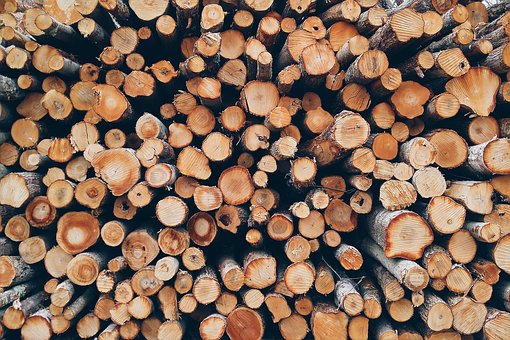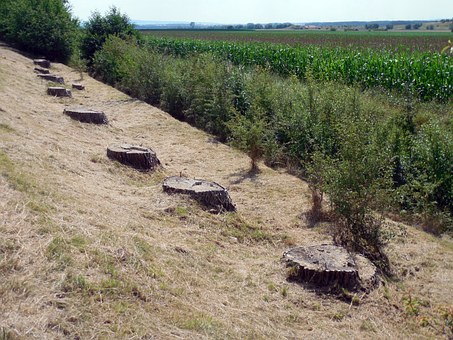Introduction
The forest industry in Japan has been working since a long time to manage in an appropriate way this type of ecosystem. By implementing forestry practices and efficient methods for export of woods, forest owners and companies are trying to work in a sustainable way regarding this issue. Another measure to ensure a safe management of forests is the implementation of certain policies that help regulate the whole industry to avoid excess.
Japan Historical Forestry Preservation Measures

In the history of Japan forests have played a very important role for the development of this country. However, the excessive use of wood during the period of the industrial revolution without a certain degree of regulation devastated its forests. To deal with this challenge Japan established a first “Forest Act” in 1897, which goal was promote the conservation of national land and prevent the ruin of this ecosystem. Also, at the beginning of the twentieth century the demand for timber augmented considerably due to the war against Japan’s surrounding countries and so they had to create another Act. The 1907 Forest Act focused on the “use and control of the land and the establishment of forest owners’ cooperatives”. A third act was promulgated after World War II, therefore to restore all the land that was depleted after it. This Forest Act aimed to grow forests in a sustainable way and to increase their productivity.
Forestry Basic Act

At last and following the reconstruction of Japan after World War II and a new period of economic growth, there was an increase in the demand of wood. As a response, the Forestry Basic Act was promulgated in 1964 so the government can establish a plan “concerning the supply and demand of important forest products and publicize these”. This has evolved today and the name of the Act changed to the Basic Plan on Forests and Forestry, which include the following points:
- Basic forest policy measures
- Targets concerning the demonstration of the multifunctional roles of the forests and the supply and use of forest products
- Measures to be addressed by the government comprehensively and systematically

Sumitomo Forestry and Sustainability
To have an idea of the measures that a company have to follow in the Forestry industry nowadays in Japan, the Sumitomo Forestry’s Company owns a very large amount of land dedicated to forests in the four largest islands in Japan, and serves as an example of this. This company separates into two categories the whole scenario:
Environmental Forests: here the main goal is preservation, not just of the forest but also of the surrounding ecosystems
Economic Forests: this category refers to the forests that focus in the production of timber or manufactured wood.
Techniques and Certification
 This technique consists basically on the harvest of all the trees in a respective area at the same time. All trees no matter the size are cut at the same time, because regardless of their size, they all have the same age. By doing this, the trees that doesn’t tolerate the shade generated by the canopy can be utilized, ensuring the rejuvenation and regeneration of the area in the future. In addition, this technique is not the only and best one, however it works very well with certain type of trees like jack pines, aspens and oaks.
This technique consists basically on the harvest of all the trees in a respective area at the same time. All trees no matter the size are cut at the same time, because regardless of their size, they all have the same age. By doing this, the trees that doesn’t tolerate the shade generated by the canopy can be utilized, ensuring the rejuvenation and regeneration of the area in the future. In addition, this technique is not the only and best one, however it works very well with certain type of trees like jack pines, aspens and oaks.
Sustainable Green Ecosystem Council (SGEC) Certification
At last, this type of certification is private and it ensures that Sumitomo Forestry’s Company uses the adequate techniques and procedures in a regulated way to maintain sustainable forests. In addition, a third party certifies that the forests are well-managed, and implements the use of a seal in the wood products harvested in a proper way.
